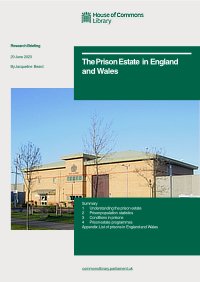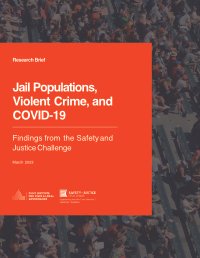By Jacqueline Beard
The prison estate in England and Wales contains 120 prisons holding people who have been sentenced or are on remand awaiting trial for a range of crimes. The prison estate has a mixture of publicly and privately run institutions, some of which are newly built, while others date back to the Victorian era. As of March 2023, the total prison population in England and Wales was around 84,400 people, 96% of whom were male. The prison population has grown substantially over the past 30 years, with almost all the growth having taken place between 1995 and 2010. It reached its highest level in 2012 at around 86,600 people. During the pandemic, in 2020, the prison population dipped to its lowest level for around 13 years before rising again in each of the two most recent years. In the long term, the Government expects the prison population to increase. Among reasons for the projected increase, the Ministry of Justice cites the rise in police officer numbers and changes in sentencing policy. The most recent set of projections give a central estimate for the prison population of 94,400 by March 2025 and a range from 93,100 to 106,300 by March 2027.
London: UK Parliament, House of Commons Library, 2023. 35p.





















